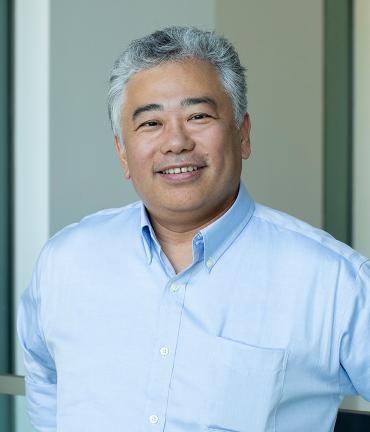
Immunotherapy
Immunotherapy research seeks to identify and develop treatment strategies that help the body’s own immune system to better target and attack tumor cells.
Some immunotherapy treatments help “mark” cancer cells for attack by the immune system, while others boost the patient’s immune system more generally. Many different types of immunotherapy are currently being developed and tested for the treatment of cancers, including brain tumors.
One area of active immunotherapy research at UCSF is the development of treatment vaccines, which are designed to help T-cells recognize and target tumor cells, specifically those carrying certain mutations. This strategy takes advantage of known mutations that exist in brain tumor cells, but not normal cells.
To create a treatment vaccine, synthetic molecules are created in the lab to correspond to the mutated DNA sequence in a patient’s tumor. Often, these need to be personalized, since each patient has a unique profile of tumor antigens (molecules recognized by the immune system). Once injected, the treatment vaccine will initiate an immune response that activates T-cells and antibodies. The T-cells and antibodies will then recognize, attack, and continually “remember” how to identify tumor cells based on the tumor-specific antigens in the vaccine.
Currently, we are developing, evaluating, and improving this technique for brain tumors like pediatric gliomas. In fact, we are among the few institutions offering clinical trials of personalized vaccines for gliomas. For example, the H3.3K27M Specific Peptide Vaccine targets tumor cells carrying a specific antigen that is caused by a mutation identified as H3.3K27M (a classification that denotes the exact type and location of the mutation). The H3.3K27M mutation is common for diffuse midline glioma (previously classified as diffuse intrinsic pontine glioma, DIPG) and other pediatric gliomas. Of course, each patient undergoes high-throughput gene sequencing to verify that the mutation is present, so that each vaccine is specific to the patient’s tumor.







